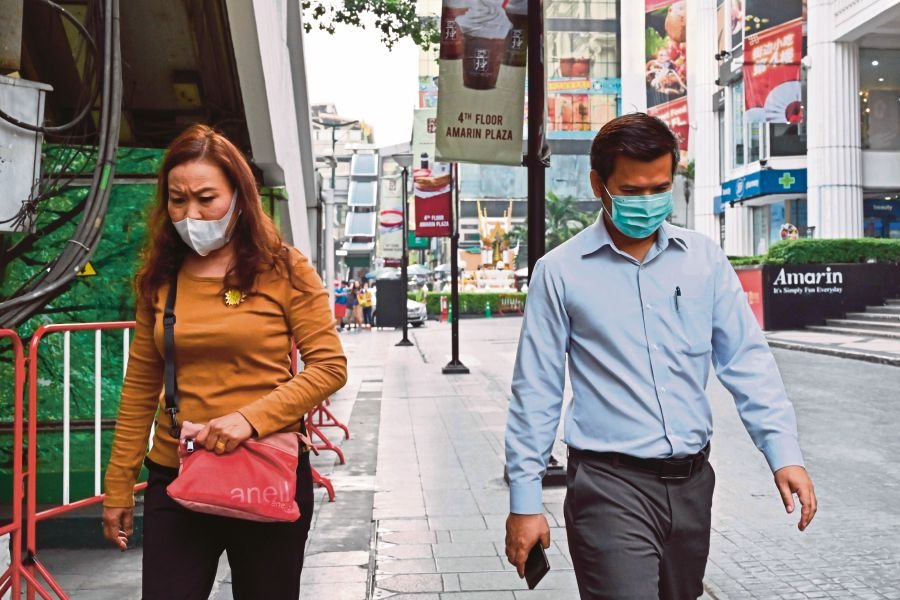Air pollution plagues Southeast Asia

By New Straits Times - January 22, 2020 @ 12:00pm
BANGKOK: Southeast Asia needs to urgently tackle the issue of air quality and pollution, which has become among the main cause of death and health deterioration among the population, while also affecting economic growth and investment, according to reports.
Thai news portal The Thaiger said air pollution in the capital here had worsened over the weekend with high levels of PM2.5. The worst affected was Phra Nakhon district, the home of the Grand Palace on the banks of the Chao Phraya.
“The poor air quality extends down to the southeast and southwest, to Pattaya and Hua Hin, and to the west in Kanchanaburi, where the readings are up to 208mg, four times the Pollution Control Department’s upper limit of 50mg for PM2.5.”
PM2.5 refers to atmospheric particulate matter that have a diameter of less than 2.5 micrometres, which is about 3 per cent the diameter of human hair.
Particles smaller than 2.5 micrometres can bypass the nose, throat and penetrate into the lungs and some may enter the circulatory system.
Studies have found a close link between exposure to fine particles and premature death from heart and lung diseases. Fine particles are also known to trigger or worsen chronic diseases, such as asthma, heart attack and bronchitis.
According to the Bangkok Post, a proposal for a “dust tax” to penalise those polluting the air had been given fresh impetus by the Council of Engineers.
It would give the Bangkok Metropolitan Administration the authority to fine business operators for worsening the dust pollution, suspend dust-causing activities such as construction and require the guilty parties to pay more tax, said council president Suchatvee Suwansawat.
The tax would also be levied on owners of vehicles emitting black exhaust smoke, he added.
In a business forum in Hanoi, a participant warned that hazardous air quality might reduce Vietnam’s gross domestic product by five per cent as foreign investors lower funding.
Vietnam’s main cities, Ho Chi Minh and Hanoi, last year often choked on haze with the air quality index of each city hitting very unhealthy levels, according to portal e.vnexpress.
This was due to construction, the increasing number of vehicles, and heavy industry, including steel works, cement factories and coal-fired plants.
In the Philippines, air pollution had become one of the biggest health concerns, recording 45.3 deaths for every 100,000 people, the third highest in the world, according to a 2018 World Health Organisation (WHO) study.
In Indonesia, 123,753 yearly deaths were attributed to air pollution, said the Jakarta Post.
The capital had the worst air quality in Southeast Asia in 2018, with daily average air quality being 4.5 times worse than the limit set by WHO, according to a Greenpeace study published in March.
